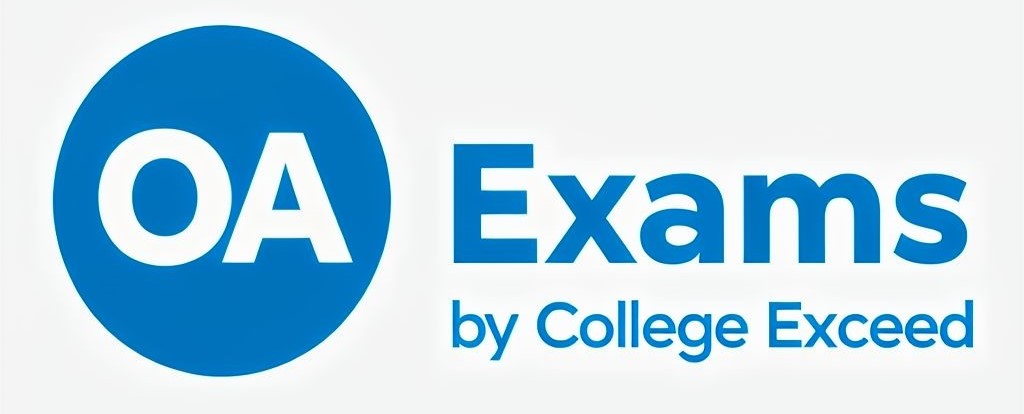-
web.groovymark@gmail.com
- December 23, 2024
Question 41
What is the effect of a high dividend payout ratio on a company’s future growth potential?
a) It may reduce future growth potential by lowering retained earnings available for reinvestment
b) It increases future growth potential as it signals strong earnings
c) It has no impact on future growth potential
d) It reduces the company’s operating leverage
Answer: a) It may reduce future growth potential by lowering retained earnings available for reinvestment
Explanation: High dividend payouts reduce the amount of retained earnings that can be reinvested in the company, potentially limiting future growth.
Question 42
A company generates strong operating cash flows and is looking for opportunities to reinvest. What is the most appropriate use of these excess cash flows?
a) Increase dividend payouts
b) Repay long-term debt
c) Reinvest in capital expenditures
d) Buy back common shares
Answer: c) Reinvest in capital expenditures
Explanation: Reinvesting in capital expenditures allows the company to expand its operations, improving its long-term profitability and growth prospects.
Question 43
Which statement reflects a reason why changes observed in balance sheet accounts do not always equal adjustments on the statement of cash flows?
a) The balance sheet uses accrual-basis accounting while the statement of cash flows uses cash-basis accounting
b) The statement of cash flows is prepared as of a single date in time
c) If an acquisition occurred during the year, including all the adjustments in the cash flows from operating activities would result in double-counting numbers
d) The statement of cash flows reflects economic conditions
Answer: a) The balance sheet uses accrual-basis accounting while the statement of cash flows uses cash-basis accounting
Explanation: The balance sheet reflects accruals, while the cash flow statement adjusts for actual cash transactions, causing discrepancies.
Question 44
What does a high market-to-book (MB) ratio suggest about a company’s stock?
a) The stock is undervalued relative to its assets
b) The company may be overvalued or have strong growth prospects
c) The stock is trading below its intrinsic value
d) The company has poor earnings quality
Answer: b) The company may be overvalued or have strong growth prospects
Explanation: A high market-to-book ratio indicates that investors believe the company’s assets are likely to generate more value in the future, suggesting either strong growth prospects or potential overvaluation.
Question 45
How is residual income defined?
a) The income remaining after all expenses, including dividends, have been paid
b) The income earned above the required return on equity
c) The income left over after taxes and interest are paid
d) The income generated from equity investments
Answer: b) The income earned above the required return on equity
Explanation: Residual income is the amount of net income earned after accounting for the cost of equity capital. It represents the excess earnings generated beyond the expected return.
Question 46
How does depreciation affect a company’s financial statements?
a) It increases net income but decreases cash flow
b) It decreases net income but has no direct effect on cash flow
c) It increases both net income and cash flow
d) It decreases cash flow but has no effect on net income
Answer: b) It decreases net income but has no direct effect on cash flow
Explanation: Depreciation is a non-cash expense that reduces net income, but since no actual cash is spent, it does not directly affect cash flow.
Question 47
A company is considering two investment opportunities, each with different required rates of return. How will the company decide which investment to pursue?
a) Choose the investment with the highest return
b) Choose the investment with the lowest risk
c) Compare the return on investment to the required rate of return for each project
d) Choose the investment with the lowest cost of capital
Answer: c) Compare the return on investment to the required rate of return for each project
Explanation: The company will compare the actual return on each investment to the required rate of return to determine which project offers the best risk-adjusted return.
Question 48
How does a company improve its asset turnover ratio?
a) By increasing assets
b) By increasing sales or reducing assets
c) By increasing expenses
d) By reducing liabilities
Answer: b) By increasing sales or reducing assets
Explanation: Asset turnover measures how efficiently a company uses its assets to generate revenue. Increasing sales or reducing assets will improve this ratio.
Question 49
Which financial ratio measures a company’s ability to cover its short-term obligations?
a) Current ratio
b) Price-to-earnings ratio
c) Return on equity
d) Operating margin
Answer: a) Current ratio
Explanation: The current ratio measures a company's ability to pay its short-term obligations by comparing current assets to current liabilities.
Question 50
What happens to retained earnings when dividends are paid out?
a) Retained earnings decrease
b) Retained earnings increase
c) Retained earnings remain unchanged
d) Retained earnings are transferred to shareholders’ equity
Answer: a) Retained earnings decrease
Explanation: When dividends are paid, retained earnings decrease as the company distributes part of its accumulated profits to shareholders.


